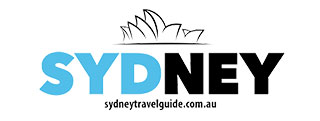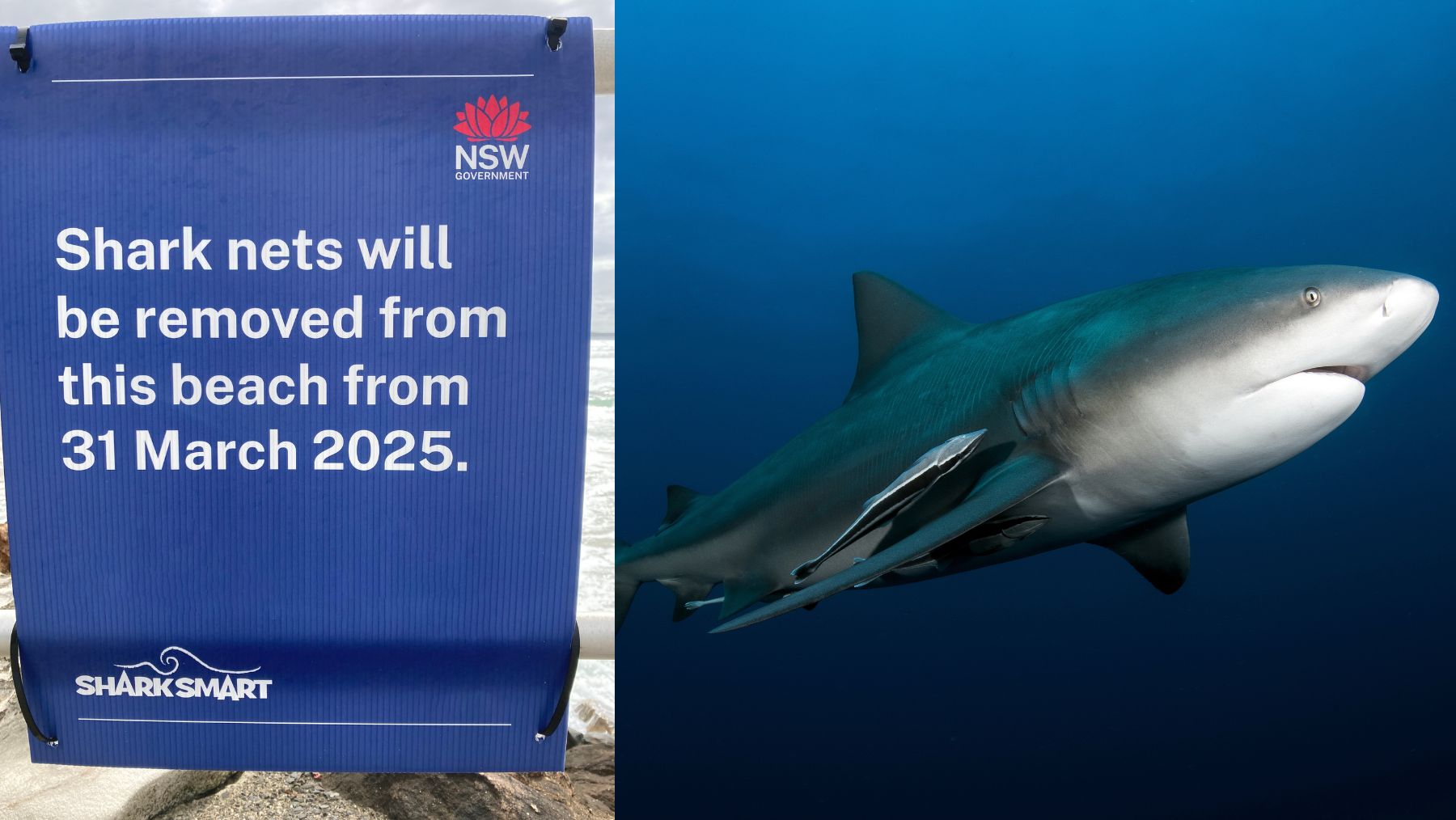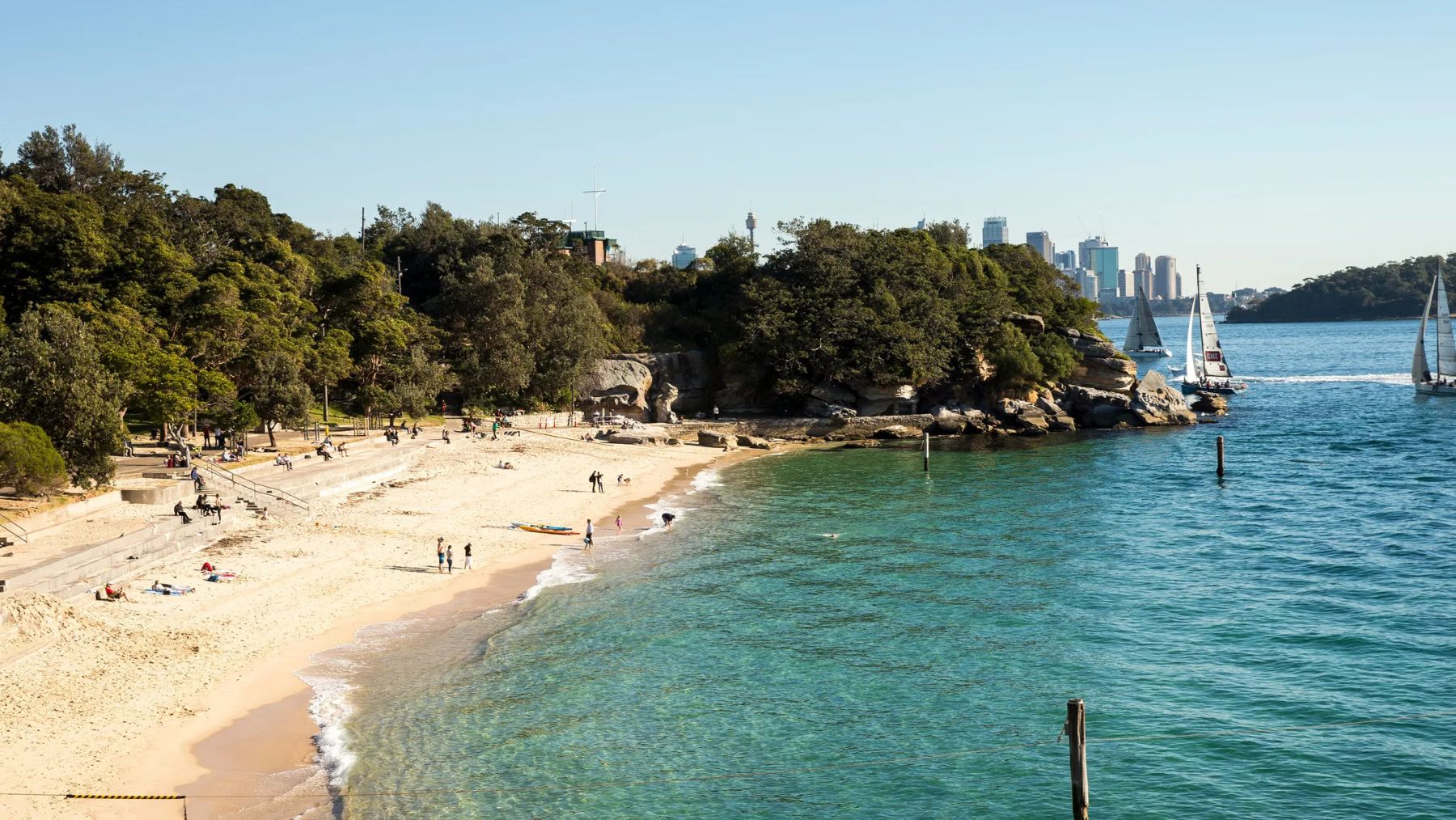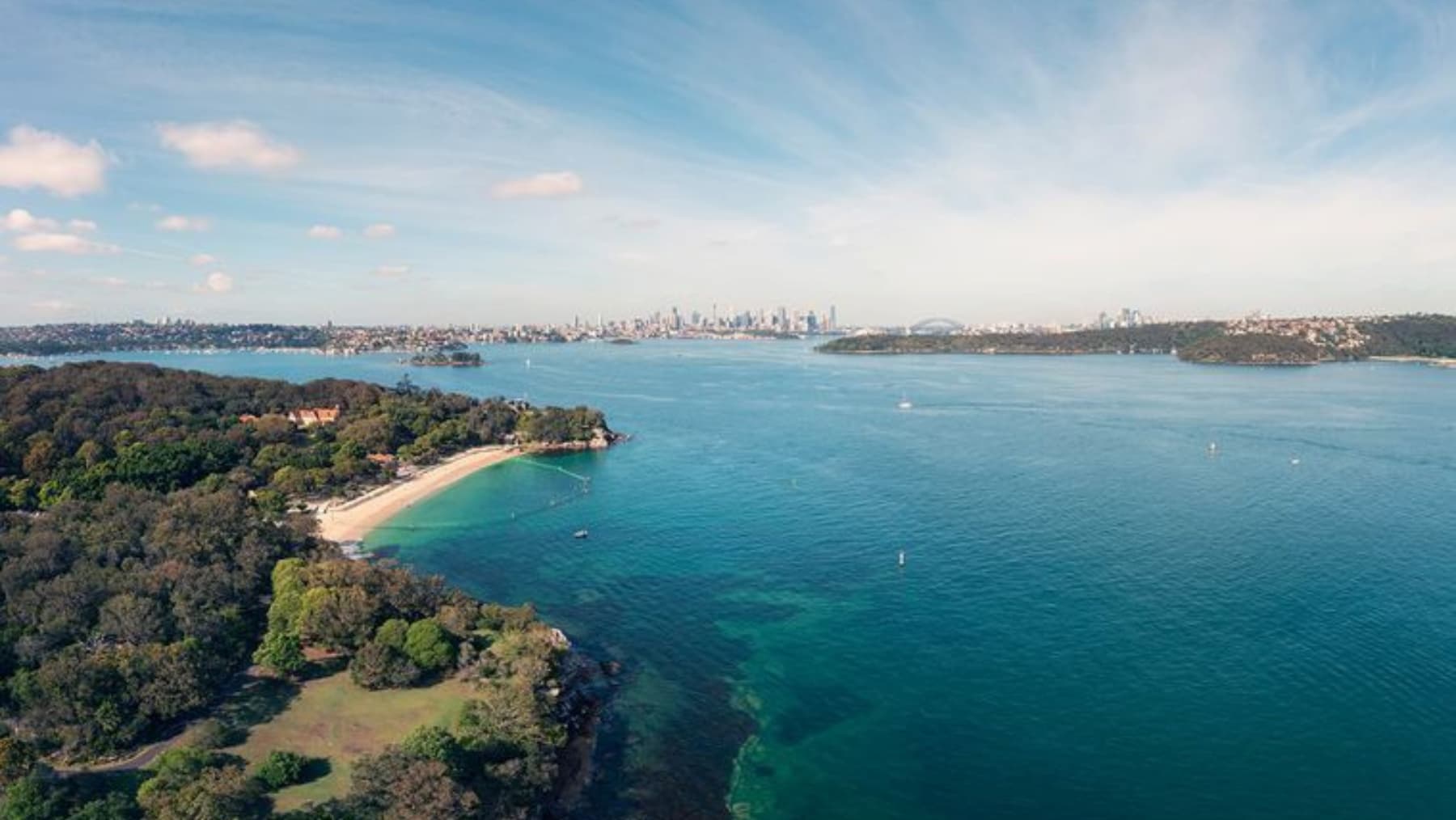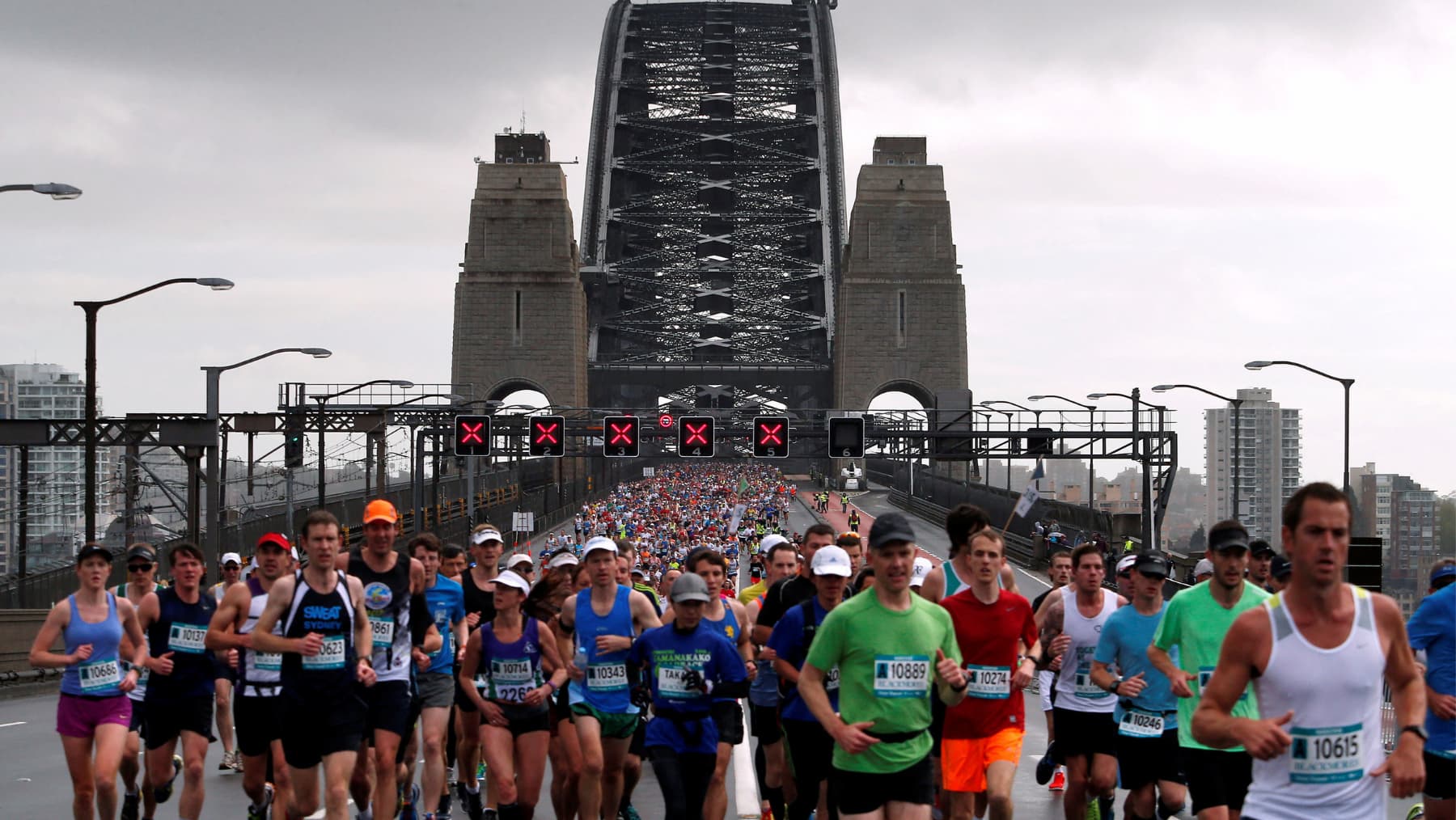- The NSW government will remove shark nets from 25 Sydney beaches on March 31.
- The removal will take place a month earlier than previously planned, due to increased turtle activity in NSW.
- Coastal councils are increasingly voting no to continued use of shark nets.
- READ MORE: The best things to do in Sydney this weekend (March 28-30)
When thinking about swimming in Sydney’s waters, the thought of a great white shark is bound to send shivers down the spine of every tourist. There is no other country in the world whose shark presence creates such a stir with beachgoers.
For some swimmers, the presence of shark nets might relieve some of the worry of entering the water. However, on March 31, the New South Wales Government will remove shark nets from 25 Sydney beaches, including the beloved Bondi Beach.
This removal happens annually, though usually a month later at the end of April. The nets are being removed early due to increased turtle activity in NSW waters.
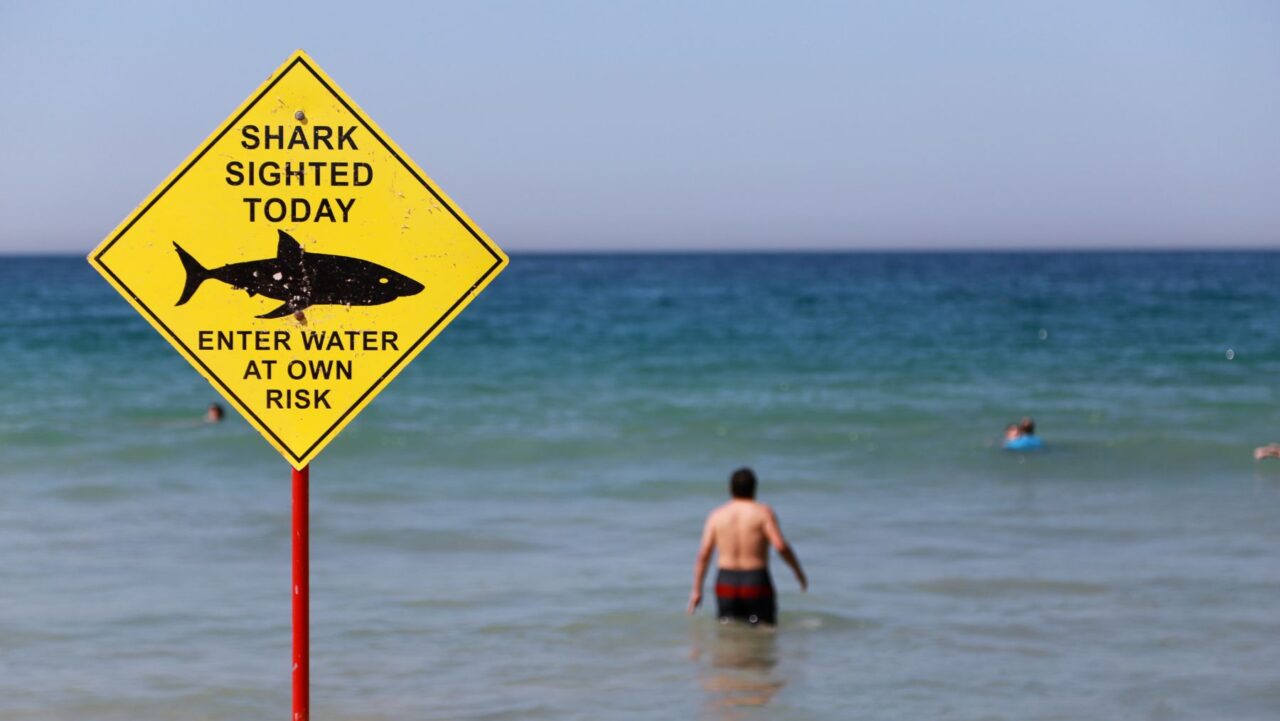
Can I still swim at Sydney beaches?
The removal of shark nets shouldn’t stop you from swimming in the sea. In reality, shark nets are not seen as a very effective method of shark interaction prevention.
Shark nets don’t span the whole of the beach and are usually 150 metres in length and 6 metres high. They are usually set in 10-12 metres of water, so it is possible for sharks to avoid entanglement and make it closer to shore.
The Department of Primary Industries, which is responsible for the NSW Shark Meshing Program states, “The only way that you can 100% guarantee you will not have a shark interaction is not to go into the water.”
Of course you should still enjoy a swim at Sydney beaches. You just have to be smart and aware of shark safety guidance.
The DPI advice is: “One of the simplest things swimmers can do is to stay between the flags when swimming at the beach. This is the best place to swim because the area is patrolled and observed by lifesavers and lifeguards who are there to monitor risks and maximise swimmer safety.”
They also advise to not swim at dark, in murky water or in areas with signs of baitfish.
Studies also show that repellent devices, such as the popular ‘Sharkbanz’ device, can also be effective. Sharkbanz takes advantage of a shark’s electroreception, causing a “highly unpleasant sensation that turns sharks away.” They have become popular among surfers, especially after endorsement from Bondi lifeguards and famous shark attack survivor, Bethany Hamilton.
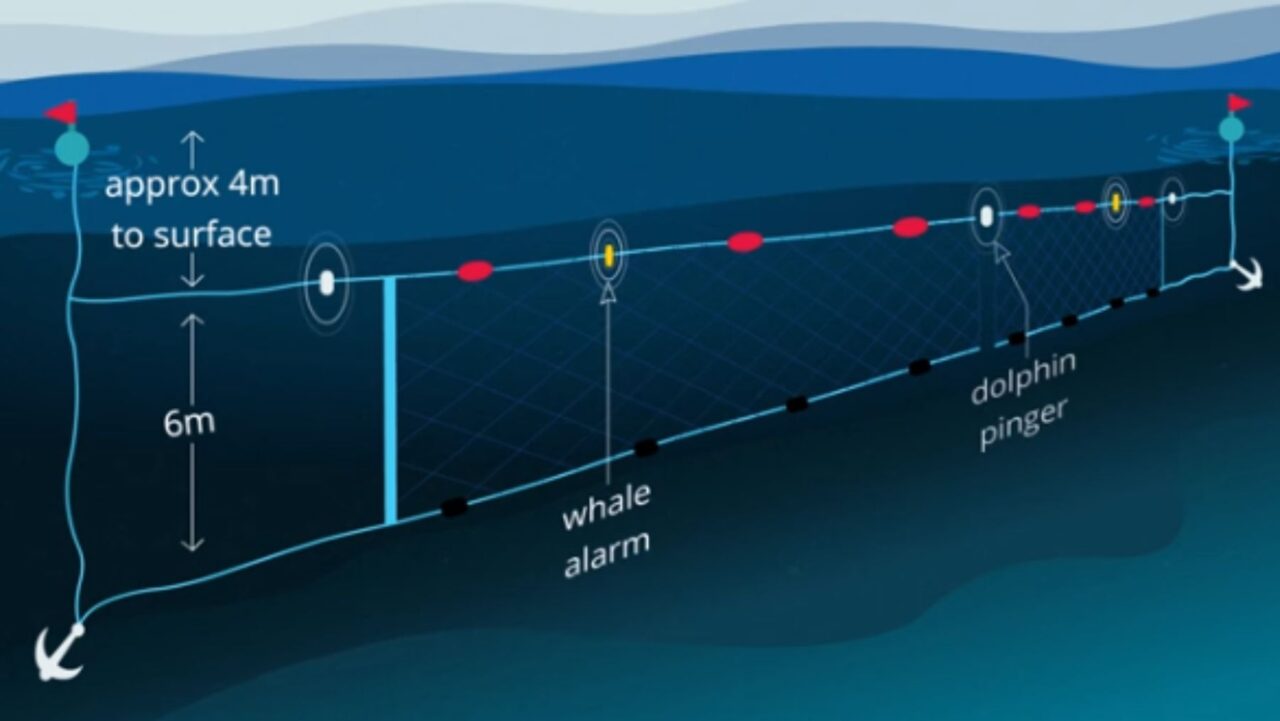
Why are they removing the shark nets?
Shark nets are a highly debated topic. The main issue with them is the high level of bycatch that can result from the nets.
The summer of 2023-24 saw 134 deaths of non-target species by shark net entanglement. This includes turtles, dolphins and smaller sharks. More than 90% of marine animals caught in the nets were not even sharks.
Conservationists are quick to criticise shark nets and call for their permanent removal.
The Animal Justice Party MP Emma Hurst told the Guardian Australia: “We know they don’t work,” she said. “We know that sharks can swim under them or around them.”
The shark net debate will not end anytime soon. In February, Randwick Council (which is in charge of shark nets on popular beaches Coogee and Maroubra) voted against the continued use of shark nets. The Maroubra and Coogee shark nets have not recorded the capture of a target shark since 2020.

What are the risks of a shark attack?
The risk of being bitten by a shark is less than one in a million. Humans are not an attractive prey for sharks—we’re not fatty enough! Any attack will likely be caused by a shark mistaking a human for another animal, such as a seal.
Humans may also pique their curiosity as we are foreign objects to them. This may lead to an exploratory bite, which can be fatal due to the size of the predators.
The last fatal attack in Sydney was in February 2022, when Simon Nellist, a British diving instructor was killed by a great white off Little Bay. However, this was Sydney’s first fatal shark attack since 1963.
A woman was recently bitten by a shark Gunyah Beach in Sydney’s South, on Friday March 7. Despite sustaining injuries to her leg, she was stabilised by paramedics and treated for blood loss.
Although these stories are scary, especially for international visitors not used to the presence of sharks, it’s important to remember that you are significantly more likely to die from a car accident driving to the beach than from a shark attack while swimming at the beach.
Jason Iggledon, who runs the Instagram page @dronesharkapp, keeps his 212,000 followers up-to-date with the sharks swimming around Sydney beaches. He has even affectionately named some of these sharks. Below you can watch his recent video of Homer the Hammerhead swimming off the shore of Bondi. Other favourites include Wally the Wobbegong and grey nurse sharks Norman and Nelly.
Iggledon’s videos highlight the abundance of sharks around Sydney, while also easing fears of a shark encounter with his humorous commentary and stunning footage.
